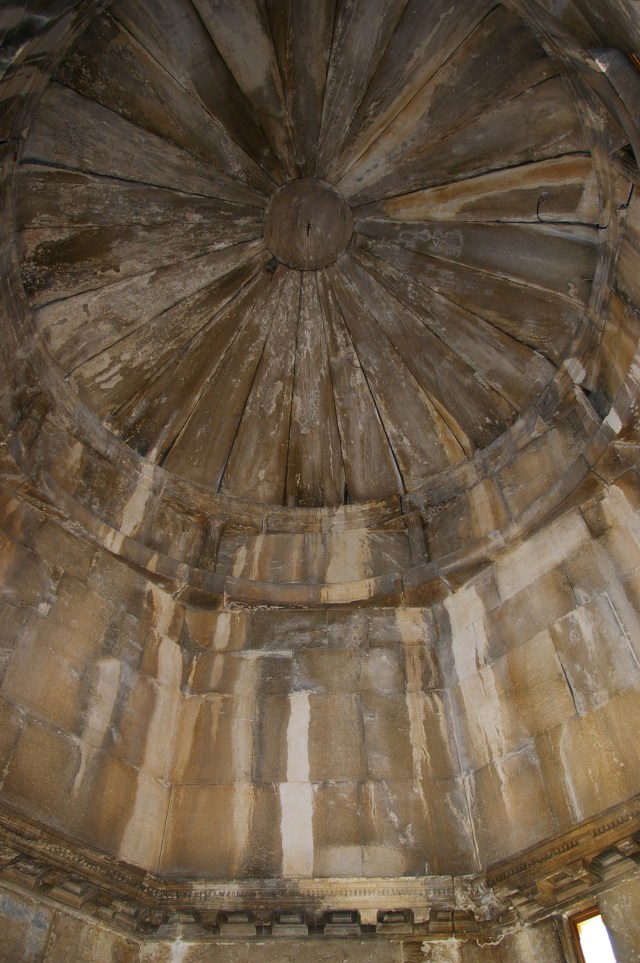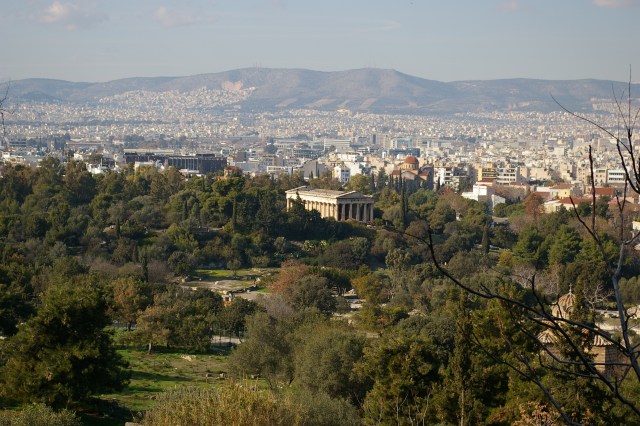One of the sites that is included when you buy the multi-ticket for the Acropolis in Athens, Greece, is the Roman Agora. There is also the Ancient Agora, also known as the Agora of Athens, but the Roman Agora is smaller, yet still interesting. An agora is an open space that is used for markets and public gatherings. The Roman Agora was originally built in the 1st century BC and contains several interesting structures.




One of the most interesting structures on the site is the Tower of the Winds, which is an ancient clock tower. There is a sun dial, wind vane, and water clock that have been excavated by archeologists and the structure is quite fascinating. It is unclear if the tower was built prior to the agora or was added afterwards. On the inside of the tower, you can see where the water entered, having traveled down from the Acropolis, making its way to the center of the tower to be used as a water clock. Wooden beams support the marble roof, which is adorned with classical figures on the exterior.




Another interesting feature of the Roman Agora is the Gate of Athena Archegetis. It is the first ruin that you see as you enter the complex and makes for a dramatic entranceway. The grounds of the agora have a variety of ancient columns and even pottery scattered along the walkways. The site itself is not very large and everything can be seen in about 30 minutes. There are a few outdoor restaurants that line the gates surrounding the Roman Agora and we stopped to have a refreshing drink and a few appetizers.




We truly enjoyed visiting the Roman Agora and it was very interesting. If we hadn’t bought the bundled ticket, we probably wouldn’t have paid the entrance fee to visit the site. You can see much of it just by walking around the gates and looking at the ruins, but it was definitely worth it to see inside of the Tower of the Winds. We highly recommend buying the multi-ticket when visiting the Acropolis, which gives you access to the Ancient Agora, the Acropolis, the Roman Agora, Hadrian’s Library, and more.































